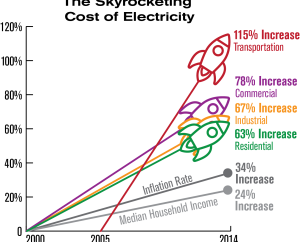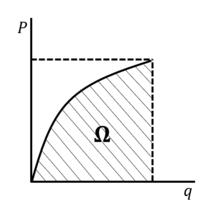Quality assurance testing includes the execution of a product segment or framework segment to measure at least one property of interest. by and large, these properties show the degree to learn more which the segment or framework under test:
- meets the needs that guided its plan and advancement,
- reacts accurately to all or such sources of info,
- plays out its capacities inside an appropriate time,
- is adequately usable,
- can be introduced and run in its expected surroundings
- accomplishes the general consequences of its partners’ craving.
As the quantity of potential tests for even straightforward programming segments is endless, all quality assurance testing utilizes some methodology to pick tests that are practical for the accessible time and assets. Accordingly, quality assurance testing normally however not only endeavors to execute a program or application with the plan of discovering disappointments on account of programming shortcomings. crafted by testing is an iterative interaction as when one flaw is fixed, it can enlighten different disappointments because of more profound blames, or can even make new ones.

Testing approaches of quality assurance testing organizations:
- Static, dynamic, and detached testing
There are numerous methodologies accessible in quality assurance testing. Surveys, walkthroughs, or investigations are referenced as static testing while executing modified code with a given arrangement of experiments is referenced as unique testing.
Static testing is typically implied, like editing, in addition to when programming apparatuses/content managers check ASCII text record construction or compilers pre-compilers check language structure and information stream as static program investigation.
- Exploratory methodology
Exploratory testing is a way to deal with quality assurance testing that is briefly portrayed as concurrent learning, test plan, and test execution. Cem Kaner, who began the term in 1984, characterizes exploratory testing as a technique for quality assurance testing that underscores the private opportunity and obligation of the individual analyzer project.
- The container approach
Quality assurance testing strategies are customarily isolated into white-and-discovery testing. These two methodologies are wont to depict the reason that the analyzer takes when planning experiments. A half and half methodology called dim box testing can likewise be applied to the standard assurance testing approach. With the idea of dim box testing which creates tests from explicit plan components acquiring noticeable quality, this discretionary differentiation among highly contrasting box testing has blurred to some degree.
Testing levels of quality assurance testing organizations:
- Unit testing
Unit testing alludes to tests that confirm the usefulness of a chose part of code, ordinarily at the capacity level. In an item situated climate, this is regularly as a rule at the classification level, and accordingly, the insignificant unit tests incorporate the constructors and destructors.
Such tests are typically composed by engineers as they work on code white-box style, to ensure that the exact capacity is working obviously. One capacity may require numerous tests, to get corner cases or different branches inside the code. Unit testing alone can’t check the usefulness of a touch of programming but instead is utilized to ensure that the structure squares of the product work freely from each other.
- Reconciliation testing
Programming segments could likewise be incorporated in an iterative manner or at the same time with the enormous bang. Regularly the past is considered a better practice since it permits interface issues to be found all the more rapidly and stuck.






